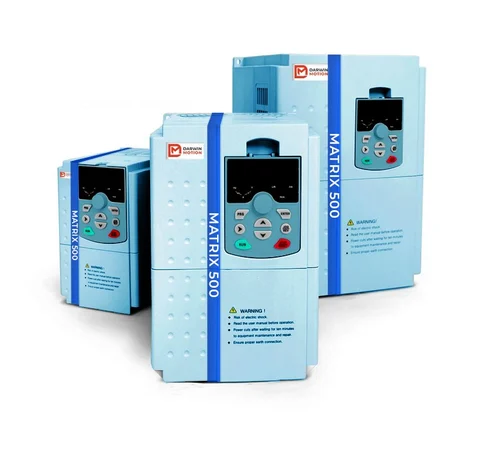Posted on 15th Apr 2025

In today’s world of rising energy costs and increasing environmental concerns, businesses and industries are under constant pressure to improve energy efficiency. One of the most effective ways to achieve this is through the use of inverter drives, also known as variable frequency drives (VFDs) or AC drives. These devices play a key role in controlling motor speed and torque, allowing equipment to operate more efficiently under varying load conditions.
This article explores the most common energy-saving applications for inverter drives, how they work, and the benefits they provide across various sectors.
An inverter drive regulates the speed of an electric motor by controlling the frequency and voltage of the power supplied. Unlike traditional fixed-speed motors that operate at full power regardless of demand, inverter drives allow for variable speed control, matching motor output with real-time operational needs.
Reduced Speed Equals Lower Power Consumption: Since power consumption decreases with the cube of the motor speed in centrifugal loads, even small speed reductions can result in significant energy savings.
Eliminates Need for Throttling Devices: By directly controlling speed, inverter drives reduce reliance on inefficient throttling mechanisms like valves and dampers.
Improved Process Control: Drives help optimize process performance, reducing waste and energy usage caused by overproduction or inefficiencies.
Soft Start and Stop: Limits inrush current and mechanical stress, reducing energy spikes and prolonging equipment life.
Centrifugal pumps are ideal candidates for inverter drives. By matching pump speed with system demand, drives eliminate the need for bypass valves and reduce power consumption significantly.
Common applications:
Water supply systems
Irrigation systems
Wastewater treatment
Cooling towers
In ventilation and air handling systems, fan speed can be varied based on occupancy, temperature, or air quality, rather than running continuously at full power.
Common applications:
HVAC systems in commercial buildings
Industrial ventilation
Cleanroom environments
Compressors used in refrigeration and pneumatic systems often run at full capacity regardless of load. Inverter drives enable load-matching, improving efficiency and reducing wear.
Common applications:
Refrigeration systems
Air compressors
Heat pumps
In manufacturing and logistics, conveyors powered by inverter drives can adjust speed according to production flow, preventing overuse and idle running.
Common applications:
Assembly lines
Baggage handling systems
Automated warehouses
Inverter drives can precisely control compressor and fan speeds in chillers, matching cooling output with building or process demand.
Common applications:
Commercial chillers
Data centers
Process cooling systems
Smart buildings use inverter drives to manage a wide range of loads like fans, pumps, and elevators, leading to better energy use and occupant comfort.
Although inverter drives require an initial investment, the payback period is typically short, often within 1–2 years, due to reduced energy bills and maintenance costs. In many regions, rebates or incentives are available to further encourage the adoption of energy-efficient motor controls.
AC drives are a powerful tool for cutting energy consumption, lowering costs, and improving overall system performance. From pumps and fans to conveyors and compressors, the range of energy-saving applications is vast. Whether you're managing a manufacturing plant, commercial building, or utility system, integrating inverter drives into your operations is a smart move toward sustainability and long-term savings.
Investing in Darwin Motion inverter drives today not only benefits your bottom line but also contributes to a greener, more efficient future.